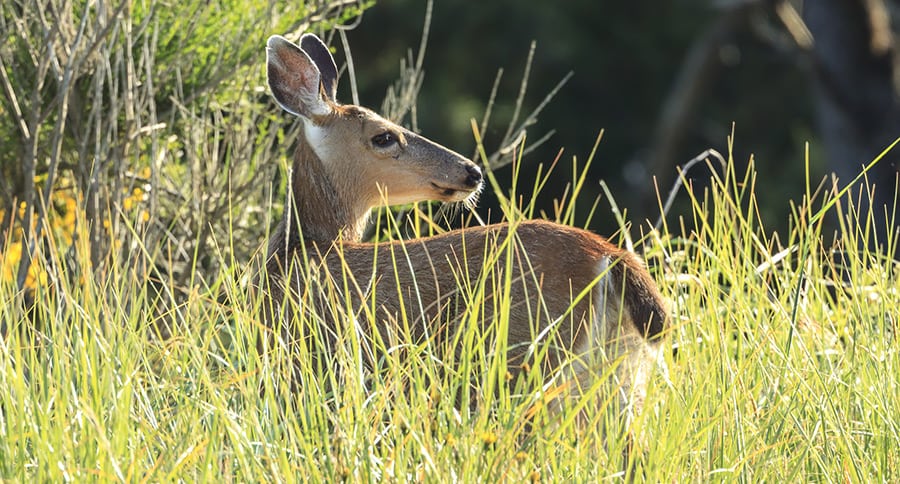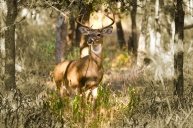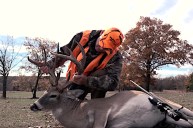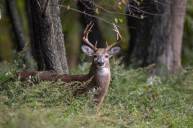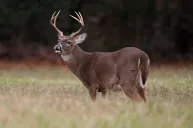Antlerless deer hunting is not all bad, but it's not all good either.
In most states, if you buy a deer hunting license, the permit allows for the harvesting of an antlered or non-antlered deer. A lot of hunters only tend to take the biggest bucks they can find every season. That can be both good and bad for a herd.
It can be good if a buck tag is the only tag they bought, but it can be bad if the bag limit allows for a doe and most hunters choose not to take them.
This typically throws deer population numbers out of wack and can affect overall wildlife management. Deer season only comes around once a year, and hunters want to make the most of it.
When it comes to antlerless deer hunting, though, there are two sides to the story.
There have been a multitude of articles written over the years by very smart people about proper wildlife management for both public and private land. In almost all of those accounts, the outline is very simple to read. It all comes down to the necessity of hunters to manage their own properties in an attempt to keep numbers in check. The DNR manages the overall state herd, but we hunters manage the micro herd on our properties. When both parties work together, everyone wins.
Deer management exists for a reason. Hunting season reflects the totals that a wildlife agency expects hunters to take during that given season. Archery season tends to last the longest because it generates the fewest deer taken. On the other hand, gun season normally only lasts a few weekends because deer hunters harvest the objective numbers much quicker in particular hunting zones.
So, are specific antlerless tags and antlerless deer seasons good or bad? It's a tough question. Lets take a dive into the topic.
The Good
Antlerless deer hunting can offer up quick action in most hunting areas around the country. For a lot of hunters, any given deer hunting season isn't complete unless they take at least one doe for the freezer. It seems nature has a way of working this out, because if you ask most hunters, they will tell you that doe meat tastes better than buck meat anyways.
In a lot of cases you also don't need an antlerless deer license in the first place. One simple deer license normally allows for the taking of either sex. However, if you are buck hunting and want a doe, then an extra antlerless license will sometimes be required.
So besides the great taste of doe meat, what else could be better? Well, there are a few things that wildlife agencies would like you to consider as well.
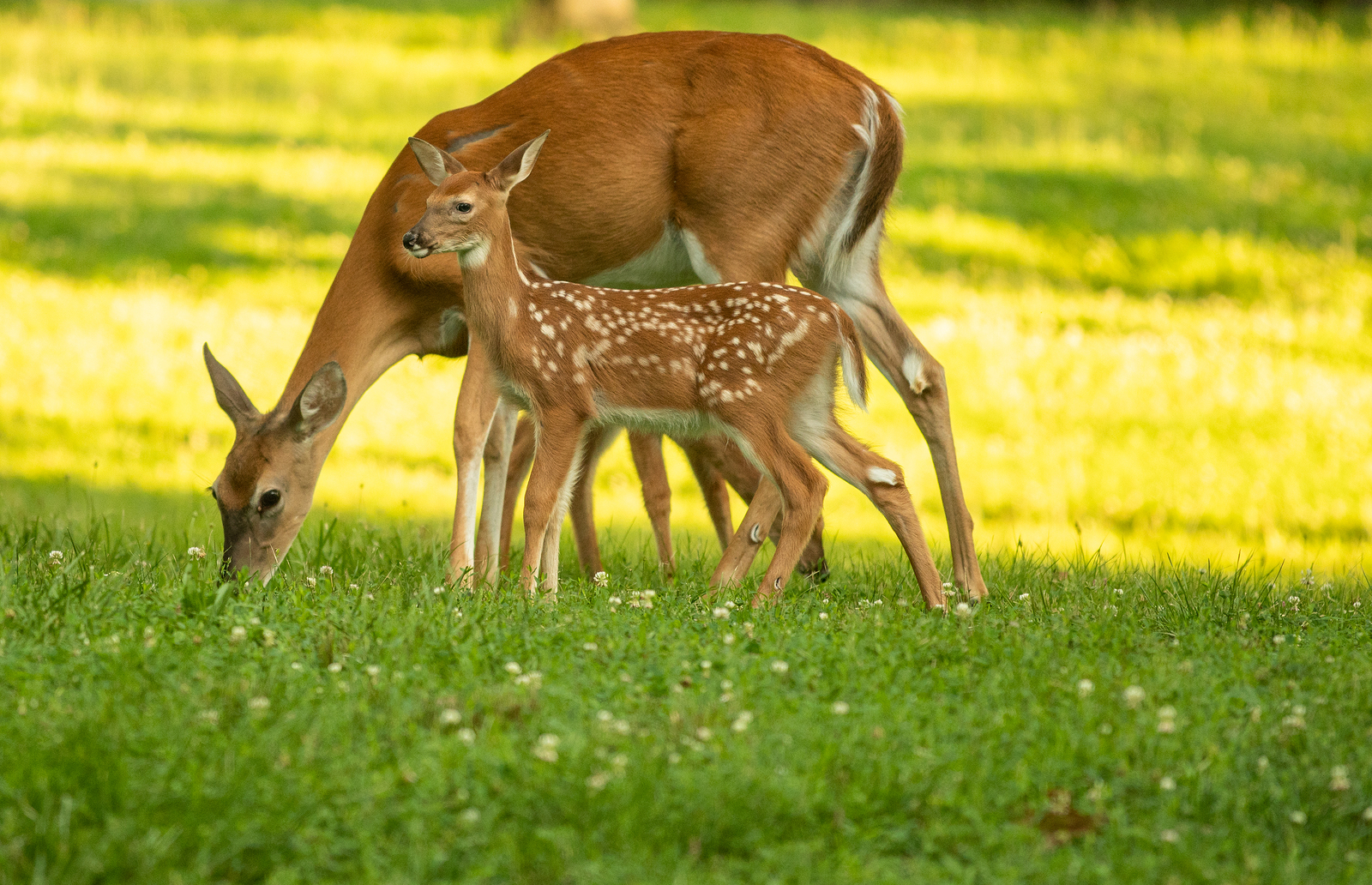
For one, every time you take a doe in your area, it reduces the overall population by an average of three deer over the next season. Not only are you taking the one doe, but you are taking the two potential offspring that doe would likely produce.
In areas where deer are very overpopulated and CWD is a concern, this is the quickest way to alter a deer population for wildlife management agencies. Hunters like to oblige as well. This is the perfect opportunity to make sure there is plenty of venison to last until the next hunting season rolls around.
Most states encourage hunters to take an antlerless deer so much that they even offer additional antlerless deer tags for hunters that tag completely out. You can normally gauge a state's herd by how many extra tags are available. These extra tags are recalculated every season and show how effective the last season was. In my home state, the antlerless deer permit numbers have been getting smaller and smaller as the population is forming to the state's overall healthy objective.
The Bad
With most hunting topics, things can take a turn. If it's not for the food or the population control with all those benefits, then what else is there?
Well, antlerless deer hunting can be taken to the extreme as well. All because a state allows for the taking of all those deer, doesn't necessarily mean that you should. Yes, population can be easier controlled if antlerless deer hunting is done in the right way. However, it could lead to population decimation if it's taken to the extreme.
Sure, we all want a big buck. However, if that opportunity didn't arise during the course of your hunting season, filling out your remaining tags with three, four, or five does will only dampen your chances of taking a big buck down the road.
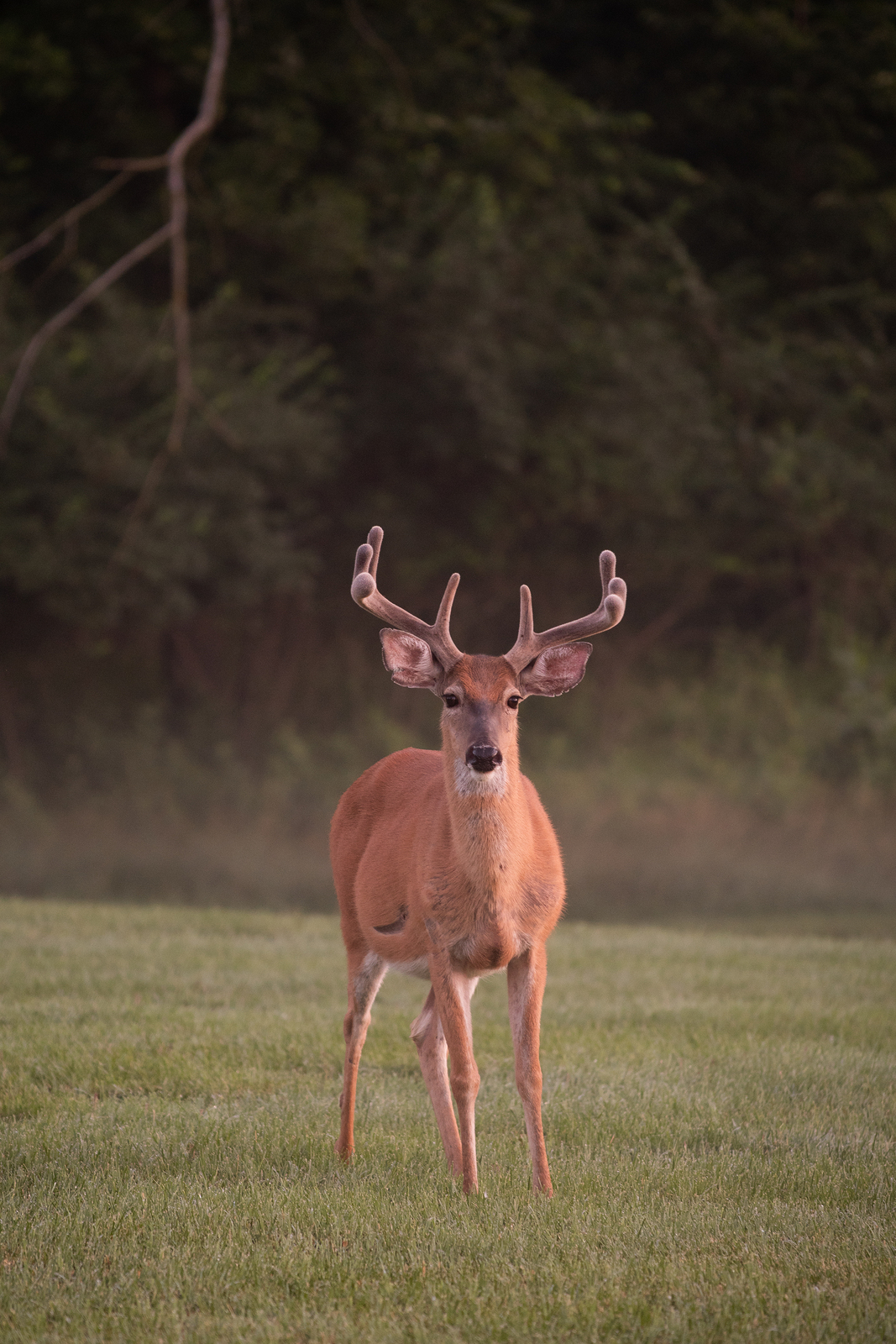
Like I pointed out before, every antlerless deer that is taken means, on average, three less deer the following year on your property. Many hunters have the mentality that since they paid for the hunting license, they are going to use it. If you aren't seeing tons of deer in your area, then maybe taking those extra antlerless deer isn't a good idea. Your local area might not reflect the state's overall numbers and therefore, it might need a rest for a reason.
Whitetail deer are prolific breeders; a local area can bounce back after just one season of very selective harvesting.
Another issue with antlerless deer hunting is that it can impact your entire hunt. Again, most hunters only want the big buck. If you shoot a doe, you are telling that big buck exactly where you are.
If this is done during the rut, you might have ruined your chance. It's always a gamble when you are buck hunting. When re you supposed to actually take that doe? It's tough to determine. However, if you are just after meat, it's not much of a concern at all.
The conclusion
I like to think that, by and large, wildlife agnecies know what they are doing. Even though hunters may disagree with some decisions, we have to trust that they have our best interests at heart, regardless of the politics that may be involved.
It's up to us to keep our own deer populations in check, though. We can't rely on agencies to manage us individually, county by county, or hunt by hunt. If we choose to take an antlerless deer, then great. If we choose to take too many antlerless deer only because we can, then we're likely doing the herd a disservice.
Bonus antlerless deer tags are there for a reason. For all the hunters that only choose to hunt bucks, there are almost certainly other hunters that only hunt for does to make up for it.
In the end, it mostly works itself out. It's just the micro levels that really feel the impact.
So, for this hunting season, take a hard look at your property that you hunt. Can your hunting zone afford the punching of a few antlerless tags? If not, it's your choice to make, and you only have yourself to blame if you aren't seeing the deer that you remember from hunting seasons gone by.
NEXT: WHY THE .243 IS HANDS DOWN THE BEST DEER RIFLE
WATCH
